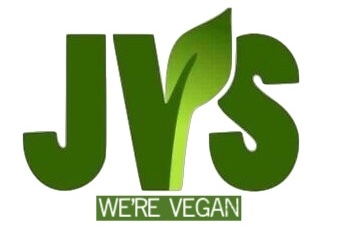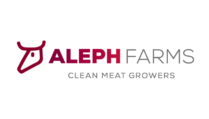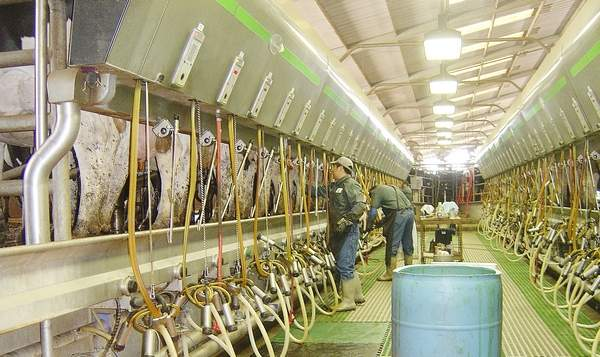By Carol Ryan Dumas, From Capital Press
Source: http://www.capitalpress.com/Dairy/20151104/more-california-farmers-trade-dairy-for-nuts-analysts-say
A growing number of California dairies are diversifying their operations to include nut production — or switching completely to nut production, analysts say.
“Nut people, especially almond people, are scrambling for acreage … and at least a handful of dairies have closed down and converted to nuts or sold out and bought other property” to grow nuts, said Vernon Crowder, senior vice president and senior analyst at Rabobank.
At the same time, the state’s milk production will continue its modest annual increase, he said.
“We wanted to see if the trend of modest growth in dairy is going to change. Our conclusion is it’s unlikely,” he said.
While smaller or less efficient dairies are likely to be pressured to sell out and convert to nuts due to the increasing costs of water and land and environmental regulation, other dairies are there to buy their cows right away, he said.
At the same time, many dairies are adding orchards. “Most of our customers have diversified and are growing some kind of nut,” he said.
It’s increased their profitability and diversification. The only downside is they might have to buy more feed off the farm, he said.
But with the growing global demand for dairy products, producing milk will continue to be competitive with other California commodities, according to Rabobank’s new report, “Milking Cows or Going Nuts?”
Nonetheless, milk price volatility and higher feed costs have squeezed dairymen’s profit margins, and profitability in other crops has increased the cost of land with good water — land dairymen would want for feed production.
Those factors have increasingly led dairy farmers in the Central Valley to plant nut orchards to both diversify and generate more income per acre, the analysts reported.
During the last 10 years, the prices of almonds, walnuts and pistachios have increased due to growing export demand. A good yield on nut crops requires about the same amount of water as alfalfa in the Central Valley, and input costs for nut production are less volatile compared to milk production, Crowder said.
Those factors make orchard production an attractive alternative. But many dairy producers will continue to do what they know best, and their annual cash flow is usually more balanced than crop production, the report notes.
Still some smaller dairies — those that don’t have the economy of scale enjoyed by larger dairies — might be tempted to take the plunge, sell the dairy and plant almonds, which are profitable even in a small-scale operation.
To assess the case for switching to nuts, Rabobank considered the profitability of a hypothetical California dairy and the impacts of switching part or all of its operation to almonds.
Taking into account the future relative profitability of dairying and almond production, that assessment found the hypothetical 2,500 mature cow dairy with 95 percent of its 620-acre cropland planted to alfalfa would make a net profit of $19.67 million in the first 10 years.
Converting the alfalfa acres to almond production would improve the dairy’s 10-year net return by $850,000.
Switching the entire operation to almonds, with 620 acres sufficient for 597 acres of almond production and allow for roads and other required land use, would net $11.1 million in the first 10 years. The sale of the cows, equipment and infrastructure would fund the development costs of the almond orchard, the analysts stated.
If all price and cost assumptions were to continue for the life of the orchard — about 20 years — dairying would still remain more profitable, with a net revenue stream of nearly $40 million. The orchard would have a net revenue stream of roughly $35 million over that 20 years.
A key part of the dairies’ success is the positive revenue streams from year one, whereas the orchard has a negative revenue stream in the first two years and doesn’t break even until year five, the analysts noted.
“Maintaining the dairy is clearly the better option; however, planting almonds on a portion of the feed ground will not only boost the dairy’s revenue, but it will also diversify the producer’s production portfolio, helping mitigate some of the price risks in the long run,” the analysts concluded.



















